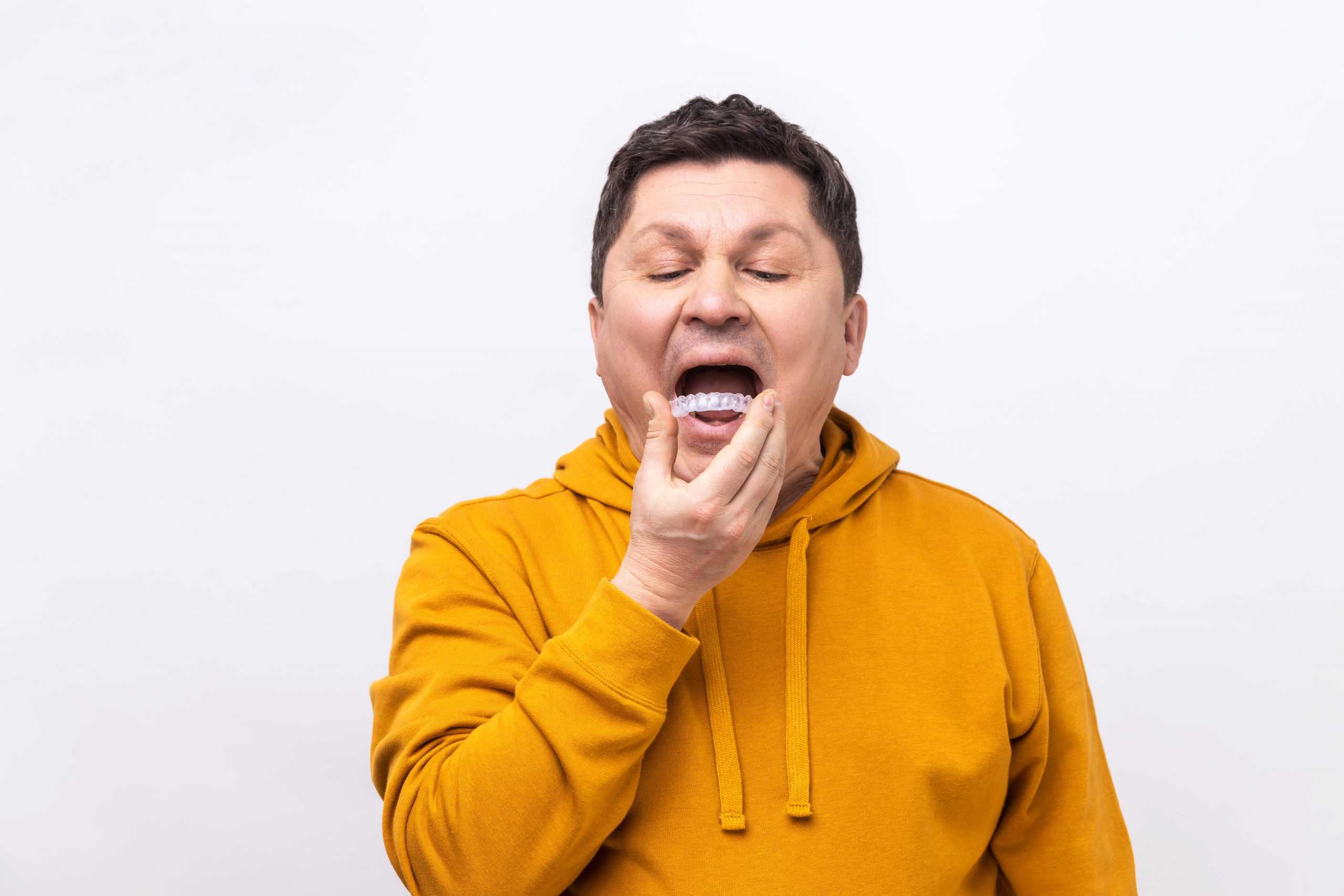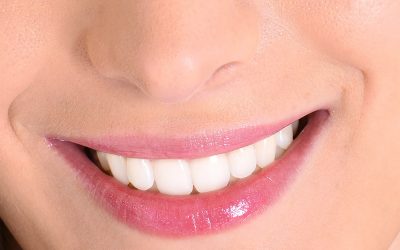Retainers are essential instruments in orthodontic treatment because they help to retain the alignment acquired with braces or other correction procedures. Regardless of their value, retainers are not impervious to injury. Understanding the complexities of damaged retainers, such as their kinds, causes, symptoms, maintenance, and replacement alternatives, is critical for anybody who relies on them to maintain their oral health. Each type of retainer, from medieval wire to contemporary transparent plastic, has its own set of strengths and weaknesses. Furthermore, physical stress, bruxism, and insufficient care may all lead to retainer rupture. Recognizing the indications of a broken retainer and learning how to fix it quickly will help you avoid any setbacks in your orthodontic journey and protect the outcomes of your treatment.
Your retainer’s resilience is key to a lasting smile. Recognize the signs, maintain diligently, and understand its causes and types to preserve your orthodontic success.
Types of Retainers
Hawley Retainers:
These retainers are both solid and adaptable, allowing for modest tooth movement if required. They are comprised of acrylic and metal wires, which makes them easily repairable if broken.
Clear Plastic Retainers (Essix Retainers):
These retainers are popular because of their inconspicuous look, which makes them almost unnoticeable when used. However, if not handled carefully, they are more prone to breaking and warping.
Bonded Retainers (Permanent Retainers):
These retainers are perfect for those who struggle to remember to use detachable retainers on a constant basis. They are attached beneath the teeth and provide continual support to keep the teeth aligned.
Common causes of retainer breakage
Physical Trauma:
An accidental fall, collision, or bending of the retainer may cause fractures or breaks. It is essential to treat retainers with care, mainly while cleaning or removing them.
Bruxism (Teeth Grinding):
People who grind their teeth may unwittingly apply excessive pressure to their retainers, resulting in fractures or deformities over time.
Inadequate Cleaning:
Failure to clean retainers properly may result in bacterial accumulation, causing the material to weaken and become more prone to injury.
Incorrect Storage:
Keeping retainers at high temperatures or exposing them to sunlight may cause warping or degradation of the material.
Signs of Damaged Retainers
Noticeable wear and tear:
Inspect the retainer on a regular basis for noticeable cracks, chips, or abnormalities in the material.
Changes in Fit:
If the retainer feels loose or does not fit tightly over the teeth as it did before, this might indicate structural damage or distortion.
Irritation Or Pain:
Any pain or irritation while wearing the retainer may indicate damage or misalignment, demanding a professional assessment.
Altered Tooth Alignment:
Noticeable changes or gaps in tooth alignment may indicate that the retainer is no longer appropriately holding the teeth in the correct position.
Steps to Get Ahead For Retainer Repair
Schedule an appointment with your orthodontist for a complete examination of the broken retainer. They will examine the degree of the damage and suggest the best repair strategy.
Repair Options:
Depending on the extent of the damage, your orthodontist may be able to repair the retainer by bonding, welding, or incorporating new material into the afflicted regions.
Replacement components:
If there is substantial damage, replacement components or a new retainer may be required. Your orthodontist will take impressions of your teeth to verify that the new retainer fits correctly.
Avoid DIY repairs:
Attempting to repair the retainer at home with glue or other DIY techniques may exacerbate the damage and jeopardize its function. Always seek expert help with retainer repair.
Guide to Retainer Replacement
Consultation:
If the retainer is beyond repair or no longer fits well, see your orthodontist about a replacement. They will assess your teeth and recommend the best kind of retainer for you.
Impression and Fabrication:
Your orthodontist will take dental impressions to construct a new retainer that is perfectly tailored to your mouth. The retainer replacement will then be made of robust materials.
Fitting and Adjustment:
Once the new retainer is available, your orthodontist will make sure it fits comfortably and offers enough support to keep your teeth aligned. They may make changes as required to provide a proper fit and comfort.
Follow-up Care:
Once you get your new retainer, follow any care recommendations advised by your orthodontist. Attend frequent follow-up visits to assess the success of the retainer and make any required changes.
Steps to Retainer Maintenance
Regular Cleaning:
To eliminate plaque and germs, clean your retainer every day with a gentle toothbrush and mild soap or retainer cleaning solution. Avoid using hot water or harsh cleansers, which may harm the material.
Proper storage:
When not in use, keep your retainer in its case to safeguard it from damage and loss. Avoid exposing it to sunlight or severe temperatures, which may cause warping or deterioration of the material.
Avoiding Harmful Habits:
Do not chew on hard or sticky foods while wearing your retainer, as this might weaken the material and increase the chance of breakage. Additionally, avoid grinding or clenching your teeth since this might place too much pressure on the retainer.
Schedule regular checkups:
Schedule regular checkups with your orthodontist to verify that the retainer is in excellent shape and performing correctly. They can detect early indicators of wear or damage and offer suitable steps to rectify them.
Bottom Line
Broken retainers are more than just a nuisance in orthodontic treatment; they might jeopardize the integrity of your tooth alignment. By being informed about the many kinds, causes, indicators, maintenance, and replacement choices for damaged retainers, you will be able to take proactive efforts to protect your oral health. Remember that resolving retainer difficulties early not only saves you from pain but also keeps your orthodontic treatment on schedule. Dr Savita is the best dentist to help you treat broken retainers. Connect with her now.




